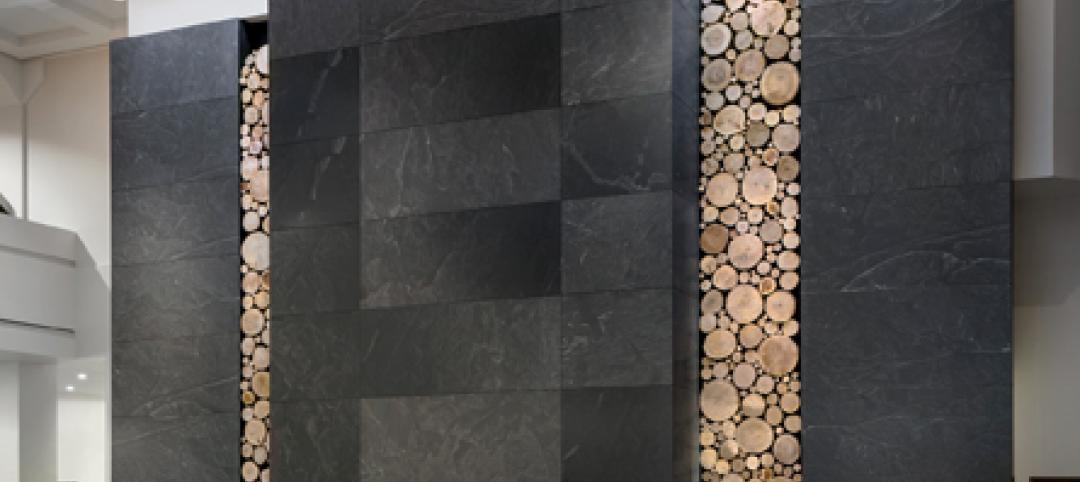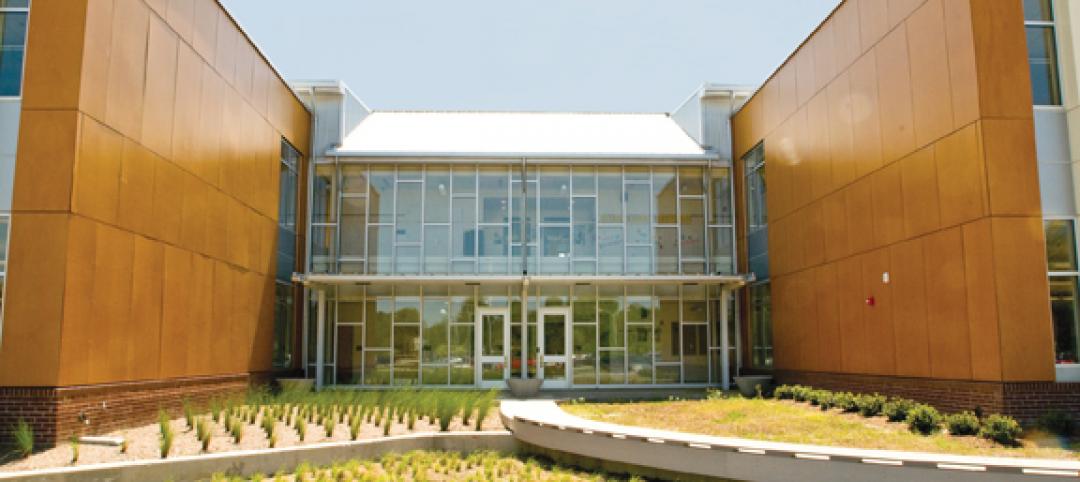CertainTeed achieved GreenCircle certification for its Restoration Millwork Exterior Trim, enhancing the sustainable appeal and environmental transparency of the product line.
The third-party certification was conducted by GreenCircle Certified, LLC, and the process included a comprehensive review of the manufacturing process and products, verifying the 21% recycled content of the product.
“Securing an independent third-party certification of the recycled content within our Restoration Millwork products reinforces our overarching commitment to environmental responsibility,” says Rick Brinton, marketing manager for Restoration Millwork at CertainTeed Siding Products Group. “In addition to GreenCircle certification, the long-lasting performance and durability of Restoration Millwork make it an ideal choice for sustainable building projects.”
In order to verify and certify recycled content claims, GreenCircle conducted a detailed evaluation of the Restoration Millwork product line and the company’s manufacturing operations in Social Circle, Ga. The claims were verified for conformance with International Organization for Standardization (ISO) 14021 Environmental Labels and Declarations requirements.
Made from cellular polyvinyl chloride, the full line of Restoration Millwork trim, beadboard and accessories is engineered to look, feel and work like top-grade lumber. Unlike wood, however, it is made with a long-lasting, low-maintenance material that is resistant to rotting, warping, moisture and insects. It can be cut using ordinary woodworking tools and fastened with nails or screws. It is highly resistant to yellowing caused by UV rays, resists freezing during winter months, features a Class A (Class 1) flame spread classification and is backed by a 25-year limited warranty. +
Related Stories
| Nov 11, 2012
Greenbuild 2012 Report: Hospitality
Hotel boom signals good news for greener lodging facilities
| Nov 11, 2012
Greenbuild 2012 Report: Government & Military
Public sector remains a bastion of sustainability
| Nov 11, 2012
Greenbuild 2012 Report: Healthcare
Green medical facilities extend beyond hospital walls
| Nov 11, 2012
Greenbuild 2012 Report: Multifamily
Sustainably designed apartments are apples of developers’ eyes
| Nov 11, 2012
Greenbuild 2012 Report: Higher Education
More and more colleges and universities see sustainainably designed buildings as a given
| Nov 11, 2012
Greenbuild 2012 Report: K-12
High-performance schools put ‘sustainability’ in the lesson plan
| Nov 7, 2012
John Portman & Associates awarded new high rise in China
108-story building to rise in Nanning, the Capital City of Guangxi Province.
| Nov 7, 2012
Two Thornton Tomasetti projects receive 2012 International Architecture Awards for Best Global Design
The awards, presented by the Chicago Athenaeum Museum of Architecture Design, the European Center for Architecture Art Design, and Urban Studies and Metropolitan Arts Press, Ltd., recognize excellence in architecture and urban planning.
| Nov 6, 2012
Honeywell donates first responder products for Hurricane Sandy relief and recovery efforts
Honeywell Humanitarian Relief Fund to provide aid to local employees affected by Hurricane Sandy.

















